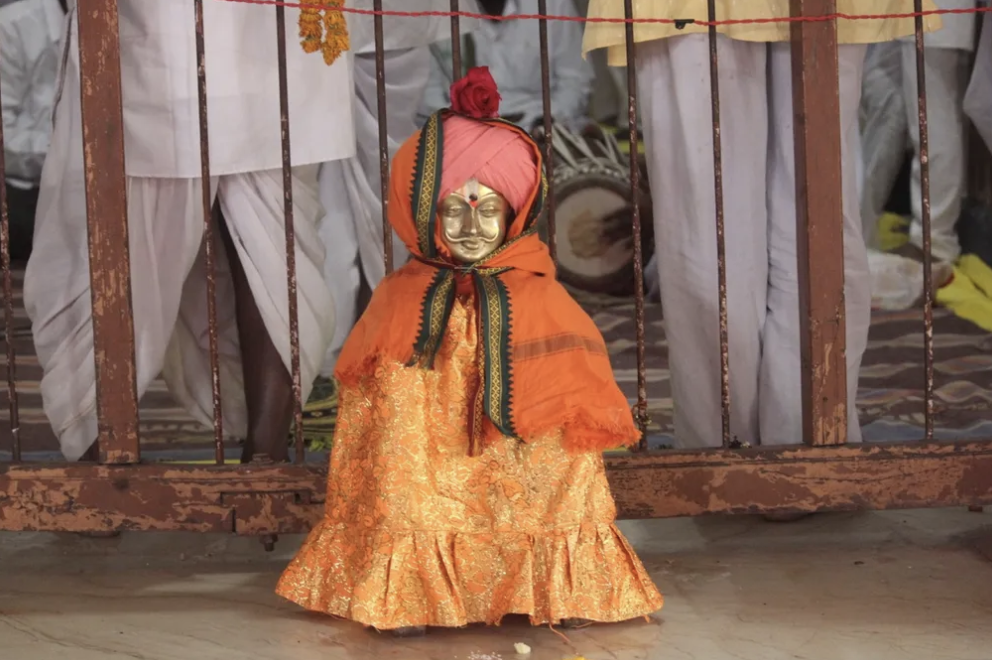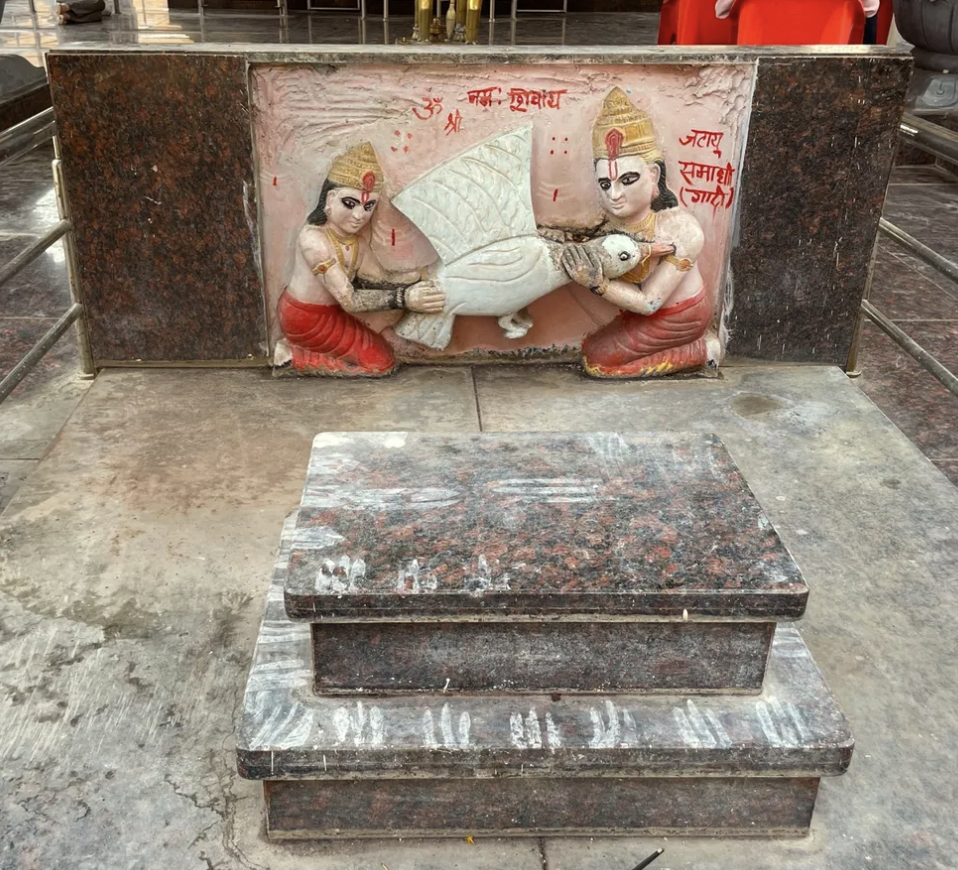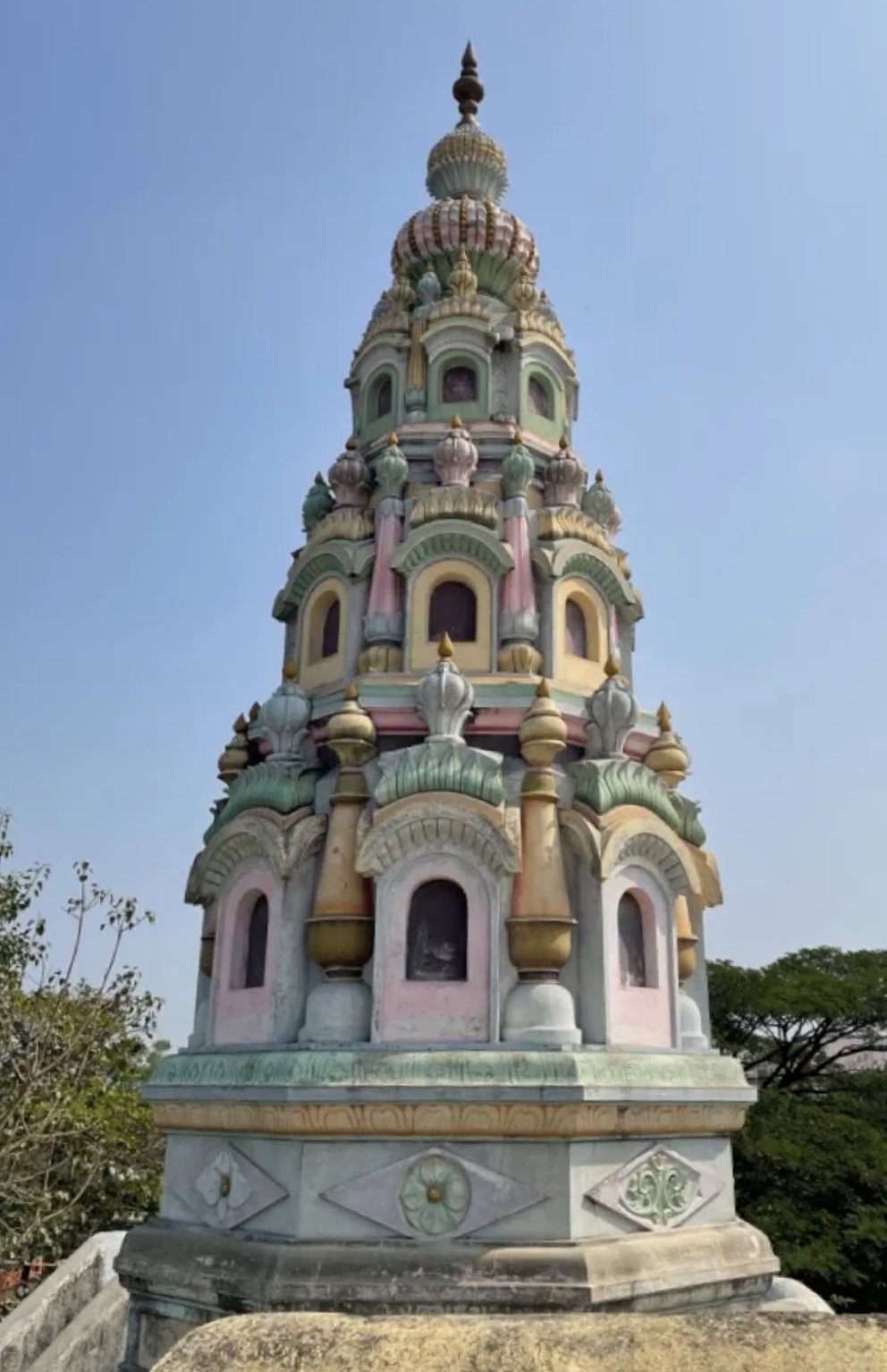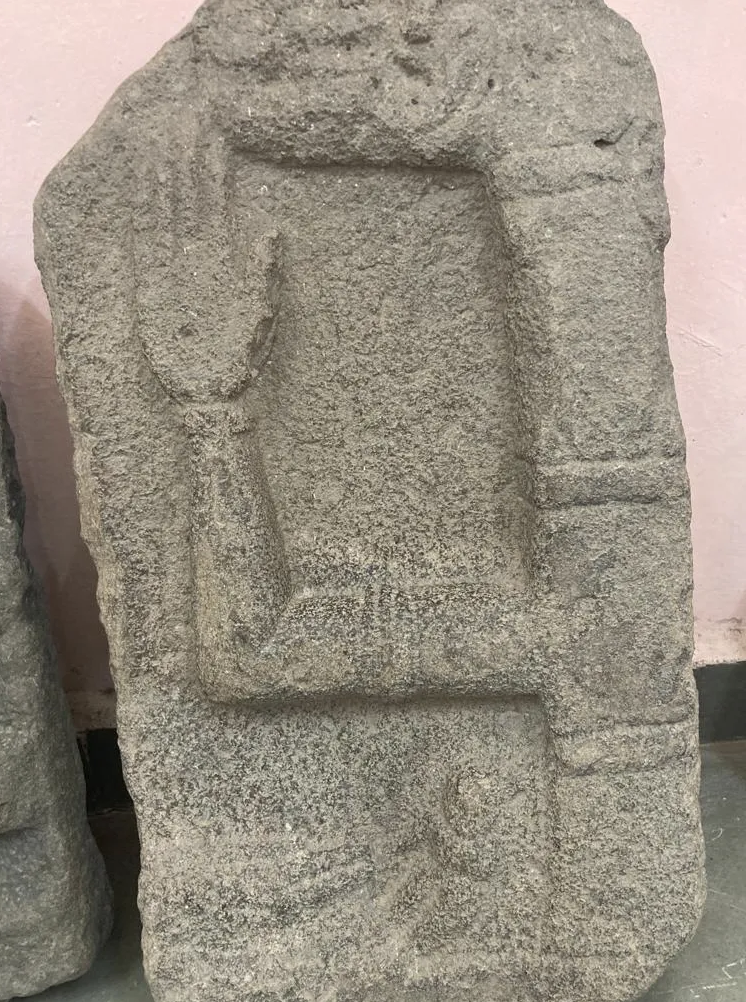DHARASHIV
Stories
Last updated on 4 November 2025. Help us improve the information on this page by clicking on suggest edits or writing to us.
Where does the name “Dharashiv” come from?
The name “Dharashiv” is believed to date back to the 8th century, long before the city was named Osmanabad during the Nizam’s rule. It likely derives from the Dharashiv Caves, located about 5 km from the present-day city. Some believe the name comes from a combination of “Dhara” (meaning water stream in Marathi) and “Shiv,” referring either to a king from the ancient town of Ter or to two guards named Dhara and Shiv who were stationed at the caves. Historical inscriptions and literary sources from the Satavahana and Jain traditions also mention the name Dharashiv, pointing to its ancient origins.
The Origin of the Kumbhar Community

Once, Bhagwan Brahma divided a piece of sugarcane among his sons. While all his sons quickly ate their pieces, Kumbhar, the potter, was deeply absorbed in his work and forgot to eat his sugarcane. Instead, he placed it carefully near his lump of clay. Over time, that piece of sugarcane grew into a full, flourishing plant.
When Brahma later asked his sons to return the sugarcane they had received, none could bring back more than a small piece. Kumbhar alone presented an entire sugarcane plant, showing his patience and devotion. Impressed by his dedication and perseverance, Brahma honoured him with the title of Prajapati, the master creator. This is why many from the Kumbhar community also proudly call themselves Prajapati Kumbhars. This legacy of devotion and craftsmanship continues in the everyday lives and work of the Kumbhar community across Dharashiv.
Sant Goroba Kaka

Sant Goroba Kaka, a potter from Ter, was a devoted follower of Vitthal and often sang devotional songs while working. One day, as he was chanting and preparing wet mud for his pots, he unknowingly stepped on and crushed his own child. When his wife learned what had happened, she vowed never to let Goroba touch her again. Honouring her vow, Goroba lived in celibacy and later married another woman under the condition set by her father, that he treat her the same way he treated his first wife.
One night, while Goroba Kaka was asleep, his second wife placed his hands on her body in an attempt to break the vow. Realising this, Goroba cut off his own hands in remorse and devotion. Unable to work, he lived in hardship and often went without food. It is believed that Bhagwaan Vitthal himself came to the village to care for him.
Around the same time, many bhakts from the Varkari sect, led by Sant Namdeo, gathered in the Trivikram Mandir for a kirtan in search of Vitthal. As Sant Namdeo sang praises of the bhagwaan, Goroba Kaka miraculously regained his lost hands. Later, through prayer and devotion, his wife was also blessed with the return of their child.
Yedeshwari Devi

As Bhagwaan Ram journeyed in search of Sita, who had been abducted by Ravan, he passed through the area where the Yedeshwar Mandir now stands. It is believed that Devi Parvati, the consort of Bhagwaan Shiva, was present there and decided to test Ram’s unwavering love and devotion to his wife. She took the form of Sita and appeared before him. Recognising the disguise, Ram called out, “Oh! Crazy Mother! Why are you following me? Please leave me alone.” Hearing this, Parvati revealed her true form and assured Ram, “You will soon be reunited with Sita.” The Yedeshwari Mandir is believed to mark the very spot where this divine encounter took place, and the Devi worshipped here came to be known as Yedeshwari.
Shiv Mandir, Mankeshwar
Within Shiv Mandir’s compound, one can also see several small stone structures partially submerged in the ground. These are believed to have been fully standing stone mandirs that were destroyed during Afzal Khan’s reign. It is believed that when Afzal Khan was marching towards the Konkan area to wage battle with Shivaji, he vandalised and destroyed a lot of Hindu mandirs. While the desecration of mandirs like Tulja Bhavani and Pandharpur is well-documented, locals of Dharashiv say that Afzal Khan’s army also destroyed several mandirs at Mankeshwar. According to stories, at least seven other mandirs were located in the same compound as Mankeshwar’s Shiv Mandir, but all of them were reduced to dust due to Afzal Khan’s destructive campaign against Shivaji.

Ramling Devasthan

According to local belief, an episode from the Indian epic Ramayana took place at the site where Ramling Devasthan now stands. It is said that Jatayu, a divine eagle and a devoted follower of Ram, confronted Ravan at this very spot when he saw him abducting Sita and carrying her toward Lanka. Jatayu attacked Ravan fiercely in an attempt to rescue her, but was ultimately overpowered and fatally wounded. In memory of his sacrifice, the Mandir also houses a murti dedicated to Jatayu.
Kunthalgiri Mandir
According to local lore, when the Jain sants Kul Bhushan and Desh Bhushan were wandering through the thickets of the hill, they were attacked. The commotion drew the attention of Ram and Lakshman, who rushed to their aid. It is believed that in the aftermath of this incident, the sants attained kevalgyan (absolute knowledge) and ultimately achieved salvation.

Tulja Bhavani
A rakshas named Madhu-Kaitabh was causing widespread destruction, leaving people helpless. Seeking a solution, they turned to Bhagwaan Brahma, who advised them to invoke Devi Shakti. Answering their call, Shakti took on a fierce form and, with the help of other devis like Varaahi, Brahmi, Vaishnavi, Kaumaari, Indraani, and Saambhavi, destroyed the rakshas and restored order. She also defeated another rakshas named Mahishasur, who had taken the form of a buffalo, and took refuge on Yamunachala Hill, part of the Balaghat mountain range. The Tuljabhavani Mandir stands on this very hill.
Additionally, after the death of Sant Kardam, his wife Anubuti began meditating on the banks of the Mandakini River, praying to Bhavani Mata to protect her infant son. During her penance, a rakshas named Kukur tried to disrupt her. Responding to Anubuti’s devotion, Bhavani appeared and slew the rakshas. From that day onward, she came to be worshipped as Tulja Bhavani.

Kallola Tirth, Tulja Bhavani Mandir
According to local tradition, the Kallola Tirth was created by Bhagwaan Brahma, who wished to establish a sacred water body at this kshetra. To do so, he summoned all the auspicious water bodies on Earth. In response to his call, sacred waters from both above and beneath the earth surged toward the spot. The powerful convergence of these waters caused great turbulence, which led Brahma to name it 'Kallola Tirth', with kallola meaning chaos or tumult. Taking a dip in this tirth is considered highly sacred.
Sonari Mandir
According to local tradition, Bhagwaan Kalbhairavnath, with the help of Bhagwaan Bhadrakali, killed a rakshas named Suvarnasur at the spot where the Sonari Mandir now stands. This place was originally named Suvarnapur in memory of the event, but over time, the name gradually came to be pronounced as Sonari in the Bhairavnath Mahatmya. This text was written by Kalyanaswamy, a disciple of Sant Ramdas Swami, who lived in Domgaon, 4.2 km from Sonari, where his samadhi still exists. Many pujaris refer to Sonari as Sonarsiddha, implying they have metaphorically "obtained gold" through divine grace.

Story of Sati

A sculpture of a hand was found in Ter, tied to the local tale of Queen Madalsaa and her husband, King Rutudhwaj. According to the story, the king had gone to war, and days later, news reached Madalsaa that he had been killed in battle. Grief-stricken, she immolated herself on the funeral pyre, following the practice of sati. However, the news had been false, King Rutudhwaj returned to his kingdom only to find that Madalsaa had already perished in the fire. All that remained was a part of her hand. In memory of this event, a Mandir named Satisheela stands in Ter, near the Aaleshwar Mandir.
Lajjagor
Lajjagor is a form of Devi Parvati, who took the name Nagnakhbandha. According to local belief, when Parvati asked the devtas to immolate her, parts of her body fell in different places across the world. Mandirs dedicated to her were built at these locations. In Ter, stone sculptures depicting her breasts and vagina have been found, symbolising womanhood and fertility.

The local version of the Sati story here is known as Lajjagor. It begins with Bhagwaan Shiv giving Parvati a leather bag to stitch and care for. Shiv then transformed into a rat and chewed through the bag, damaging it. When Parvati saw this, she was frightened. Shiv then appeared in the form of a tailor, and Parvati asked him to repair the bag. He agreed, but on one condition, that she maintain a sexual relationship with him.

During their union, Shiv revealed his true form, and as a result, Parvati’s body parts were dispersed. From this incident, she came to be called Lajjagor. The sculptures found here celebrate femininity, and even today, people in the area perform poojas to mark the beginning of puberty and menarche in young girls. A similar ceremony is held during marriage, with Parvati worshipped as a symbol of womanhood and fertility.
Sources
Government of India. 1961. Census Report of Festivals and Fairs in Maharashtra. Census of India, 1961.https://censusindia.gov.in/nada/index.php/ca…
Rgyan. Shri Mankeshwar Shiva Mandir. Rgyan Temples.https://rgyan.com/en/mandirs/shri-mankeshwar…
Last updated on 4 November 2025. Help us improve the information on this page by clicking on suggest edits or writing to us.